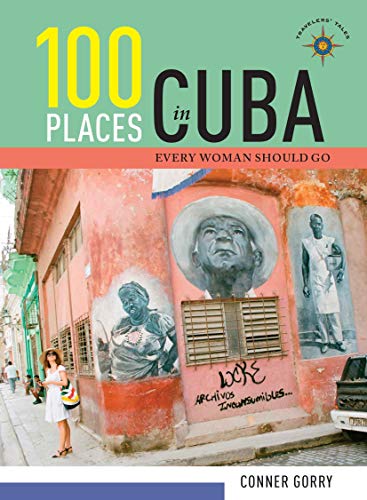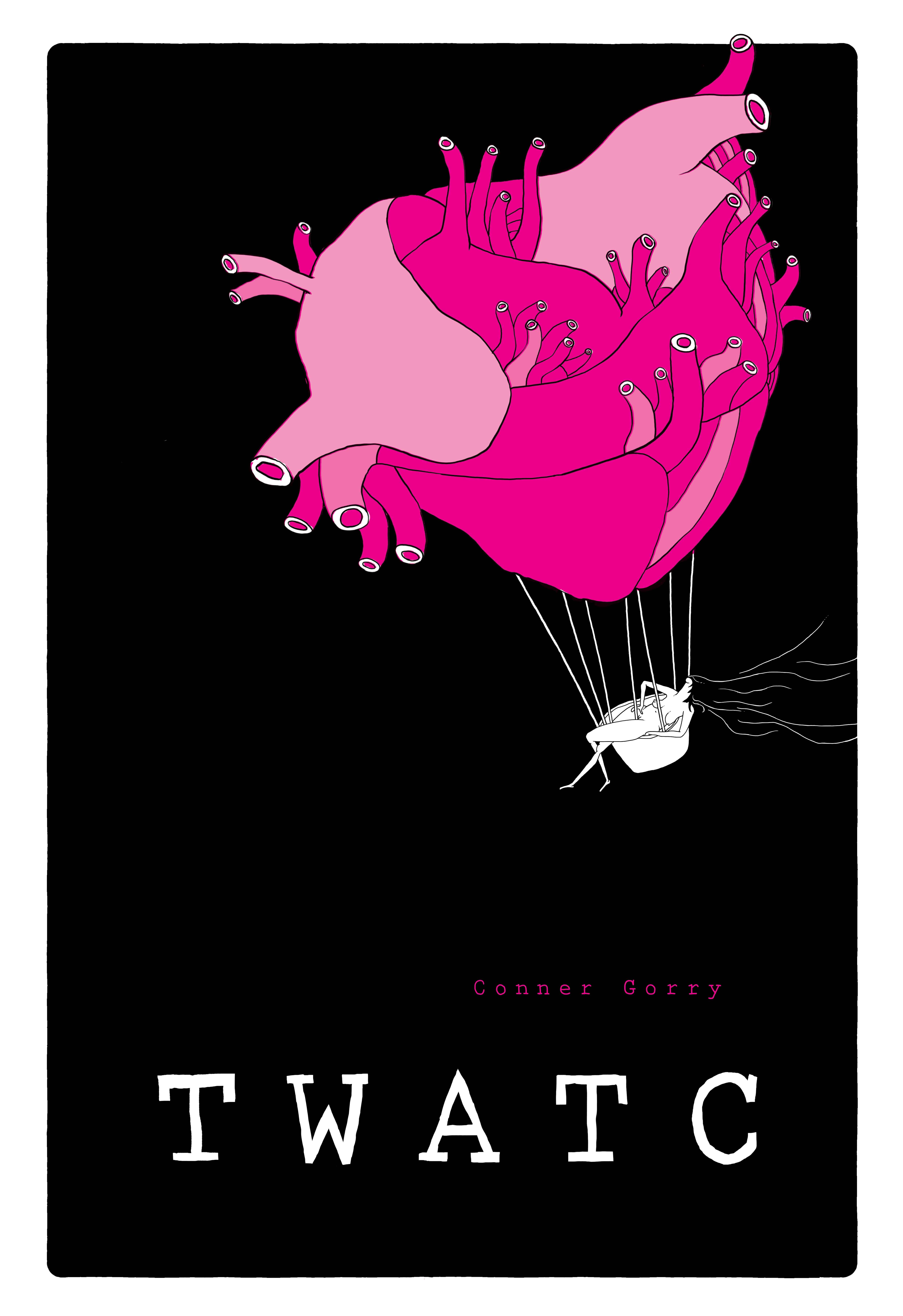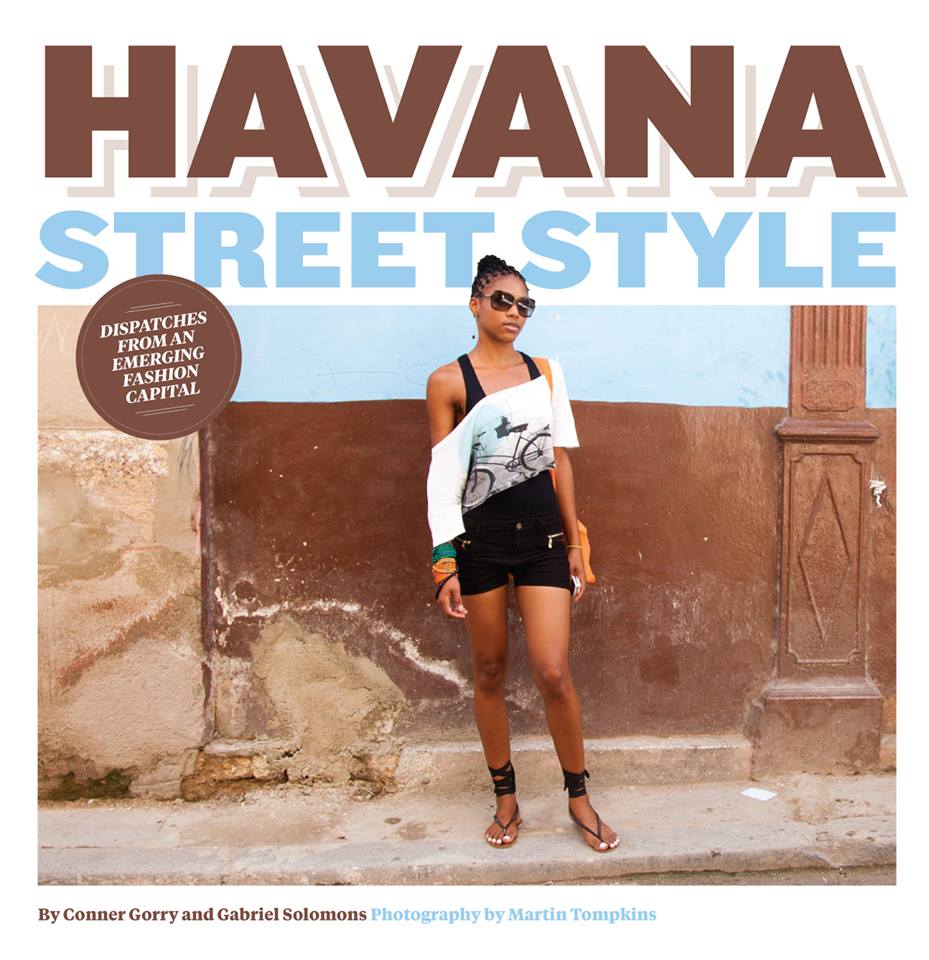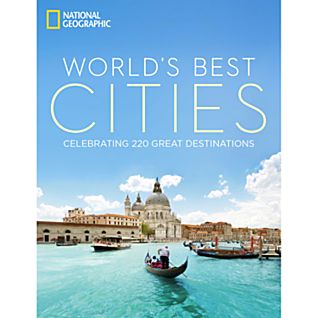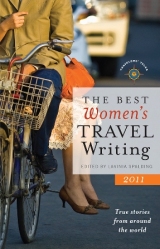This post was slated to be a synthesis of a game I call ‘Dodge the Russian.’ It’s what I’ve been playing since I began my re-entry quarantine, in a Varadero hotel teeming (to my COVID-19-traumatized mind) with hundreds of vacationing Russians, including children. Meanwhile, the deadly Delta variant spreads a pululu, making 2020 look like a dress rehearsal gone pear-shaped and an epidemiological harbinger for the tragedy we’re now living.
Only half-a-dozen guests are wearing facemasks; four of those are a Cuban family returning from overseas. Hotel staff, are, like me, double masked or masked with face shields indoors, and at least single masked outdoors. Surfaces are constantly disinfected and guests cannot touch communal serving implements or food. Every staff person I’ve spoken to (I think they’re sick of my questions!) is of the same mindset: we are trying to keep ourselves and our family healthy and not lose our jobs.
You’ve seen it where you live, I’ve seen it where I live: staff doing everything humanely possible to observe sanitary measures, while customers flaunt and evade those measures. As someone who knows a little about the service industry in Havana during COVID, I am intimately acquainted with the phenomenon of cautious, meticulous staff facing non-compliant—sometimes defiant—clientele. No es fácil.
I’m a bit down on the Russians here, truth be told. I cannot get sick. My body, with the help of the Pfizer vaccine and Cuban medical care (as hobbled as it is), would not succumb to the virus (ie, I wouldn’t die), I’m quite sure. My mind, however, is a different story. It’s so frayed, it’s squeaking. I live in fear of a proverbial last straw, like the actual straws sullying the beach in front of the hotel; I fear human behavior—never especially admirable when taken as a whole—will send me over the edge. I just want to get home. After five months, I just want to reunite with my family. Know what I’m sayin?
So while this post was designed to be a send up of Russians’ bad Botox, worse fashion sense, wince-inducing table manners and the off-putting odors of bodily fluids on the beach each morning, I will soon be far from them. Hopefully. After a second negative test, I’ll return to my real life, that lucha interminable in all its gore and glory. For this reason, I prefer to dedicate time, energy and words to the reason why I continue to cast my lot with this island: Cubans.
_____
I recently read an analysis of 18th and 19th century travel writing. The take away was that the best of the genre is always prescient in some fundamental way. While Here is Havana isn’t strictly or traditional travel writing, it’s informed by decades of guidebook and article authorship (plus, old habits die hard). Watching Vale la Pena last night I felt vindicated by how prescient I can sometimes be: the entire show was dedicated to Cuba’s heat index, how it affects us psychologically, and how it can push anyone over that fine line between irritated and violent.
Something I was talking about weeks ago, in relation to the events of July 11.
It came up again speaking with a friend who bore witness to the 1994 protests known as the Maleconazo—which happened 27 years ago almost to the day as I write this coincidentally. Apropos of nothing we were talking about, she brought up heat-fueled frustration and several largely forgotten factors that sent Habaneros over the edge and into the street in spontaneous, unprecedented public protests. One factor was daily, massive rolling blackouts—so common at the time, Cubans didn’t refer to blackouts (apagones), but rather to rarer light ups (alumbrones). I remember attending parties in the streets of Marianao in 1993 where bonfires provided the only light and chispa de tren provided fuel for the revelers. Another factor was the confiscation of illegal satellite dishes that beamed all the Miami and US channels into Centro Habana homes. It was comical (and not very effective) the lengths people would go to landscape around the giant discs. Maleconazo Lesson #1: hot people without television get cranky, fast.
The response nearly 30 decades ago, for those who don’t remember, was quick, direct and effective: Fidel Castro, along with a heavy police presence (as any president wading into a frustrated mob would have), went to the Malecón to speak with—and listen to—the protesters. Maleconazo Lesson #2: when Cubans take to the streets in frustration, leaders better listen. And act.
I’d wager my meager earnings that if you gave each Cuban household an AC, soap opera/sports/movie marathons and paid their summer energy bills, it would be a swift chirrin chirran que ya se acabó with any sort of protests. I don’t mean to minimize the very real struggle families and individuals, regular people (not the government pinchos the USA has such a boner for; these folks have AC, canales, food and shampoo, you Yuma dolts!) are facing day in, day out. I just want to help shed some light on the situation.
And the Fidel vs Díaz-Canel compare and contrast is a non-starter: we’re in a different context, a different time, with different challenges. And for those with no historical memory (a global and lethal phenomenon we really need to talk about), the current Cuban president has faced some gnarly, back-to-back challenges since day one: a tragic plane crash in Havana, with only one surviving the sold-out flight; a devastating tornado which levelled a swath of some of Havana’s most vulnerable neighborhoods; Trump’s 243 additional sanctions against the island and the accusation that Cuba mounted “sonic attacks” against US diplomats; trying to right the country’s economic ship after decades of “creative” accounting and financing; and of course, COVID-19.
I don’t mean here to minimize the mistakes—the biggest in my mind: government officials have been out of touch with what life is like for regular Cubans for way too long and that leads to festering resentment and alienation. For years I’ve advocated for obligating every government official with a car to take the bus once a week. In August. At rush hour after a downpour. A real treat for the senses, let me tell you. Buy onions from a cartillero (250 MN a ristra at the current rate in Playa!); fix your broken toilet “resolving” the parts, tools and labor yourself (something my significant other has been doing the better part of a week—shitting in a bucket is how we roll); procure some children’s cough syrup, antibiotics, or adult diapers for your mom without resorting to socios or palancas.
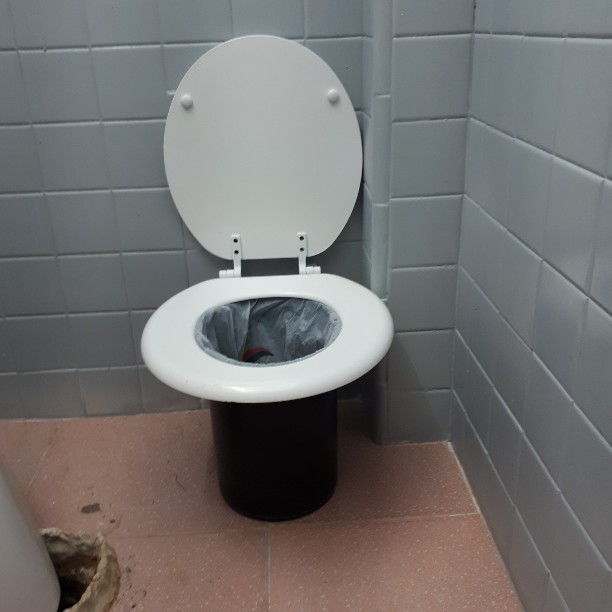
The point is: if you don’t live it, you don’t know it. Not really. I understand competing priorities. I understand juggling simultaneous crises. I understand doing all this with severe economic limitations (this is how I spent the majority of my childhood, watching my mom struggle to keep us housed, clothed and fed). What I don’t understand is being so far removed from your constituents’ reality—this goes for all of those in power, not just here. You need to keep your ear to the ground. Particularly among the young, disenfranchised and disaffected.
Which circles us back to prescience. Some time ago, years now, I wrote about Cuban jokes and humor. This is a very funny people, people. In my opinion, everyone should learn Cuban Spanish for the jokes alone: inside jokes, practical jokes, fart jokes, puns, double entendres, satire, black humor, self-effacing and off-color humor: you name it, Cubans do it, love it and laugh the whole way. Obviously, Cubans’ comic capacity is a survival skill and escape valve. For maximum enjoyment of this confounding place, I recommend visitors lean into and learn this skill.
Full disclosure: I am not what is considered a jodedora (a great compliment). I wish I could achieve jodedora status where I poke good fun at myself, laughing at me along with everyone else. I wish people burst out laughing at my jokes. In English it happens often. I’ve brought laughter tears to many an eye. I envy all my Cuban jodedor friends. While I’m not a jodedora, at least I’m not una pesada (a slight in the Cuban canon). I can hear Alfredo and Douglas and Salgado now: um, yeah, Conner, you can be pesada. All I can say is: I’m working on it?
Although I’m still not great about making jokes in Cuban (but when I get off a good one? Elation!), I can appreciate them. And when they are noticeably absent, I worry. Just like I worried during the dry spell between the Obama/Rolling Stone delirium and Fidel’s death. Just like I worry now. There are no new jokes in the calle. I’m taking my own advice and keeping my ear to the ground, but…crickets. If you’ve heard of any good ones lately, let me know!
I’m in quarantine, so this is just a very partial report. And various factors contribute to why folks aren’t in a particularly joking mood at the moment. Instead, most everyone I talked to is in a head-down, plow-through-the-day, stay-healthy, stay-employed kind of mood.
Still, I worry. It will only get hotter through August. And I’m not seeing many escape valves for all the pent-up frustration bred by COVID and other difficulties. And a hot, humorless Cuba is not healthy for any of us.

